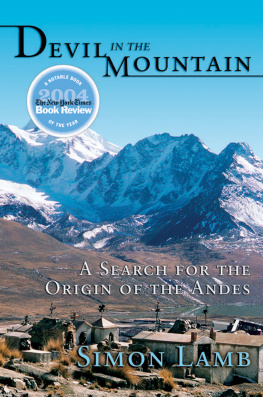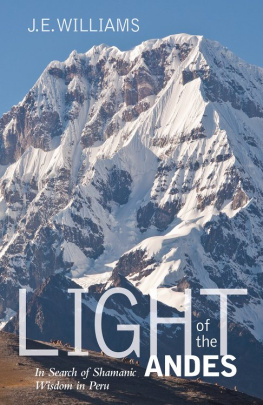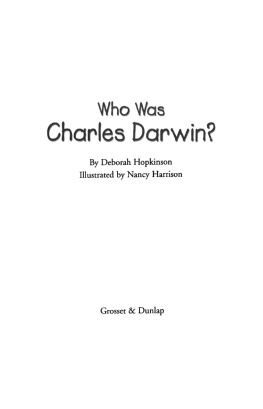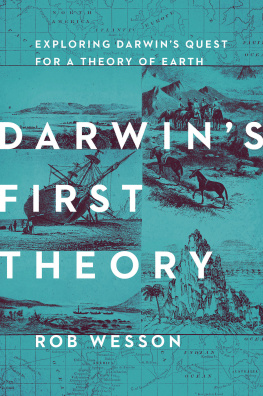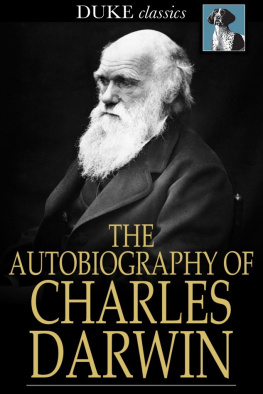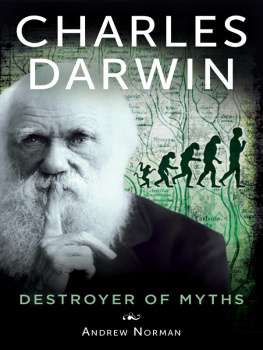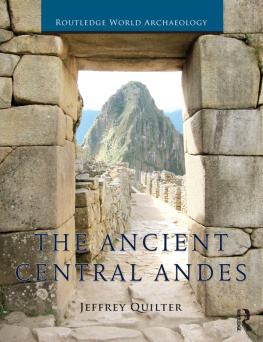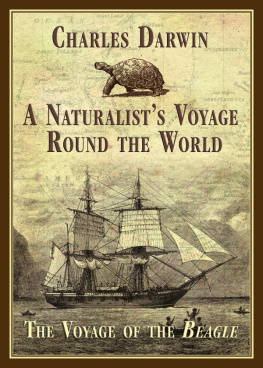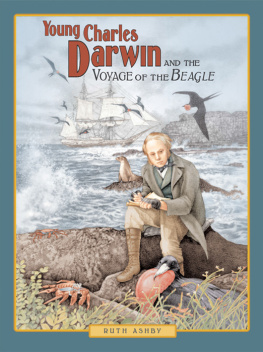Thank you for downloading this Simon & Schuster eBook.
Join our mailing list and get updates on new releases, deals, bonus content and other great books from Simon & Schuster.
C LICK H ERE T O S IGN U P
or visit us online to sign up at
eBookNews.SimonandSchuster.com
We hope you enjoyed reading this Simon & Schuster eBook.
Join our mailing list and get updates on new releases, deals, bonus content and other great books from Simon & Schuster.
C LICK H ERE T O S IGN U P
or visit us online to sign up at
eBookNews.SimonandSchuster.com

CONTENTS
To Ciara
All men dream, but not equally. Those who dream by night in the dusty recesses of their minds, wake in the day to find that it was vanity: but the dreamers of the day are dangerous men, for they may act on their dreams with open eyes, to make them possible.
T. E. Lawrence, Seven Pillars of Wisdom

PREFACE
W hen I was a boy, growing up in Nevada, during the long, hot summers I used to read a lot. On bright, burning days when the temperature outside hovered well over a hundred degrees and when if you tried to cross an asphalt street youd singe your bare feet like a couple of grilled vegetables, Id remain inside, would lie on my back on our floral-patterned couch, would open a bookand then would immediately find myself plunging across icy seas or tunneling deep into other worlds. One of my favorite authors growing up was a German-American sailor named William Willis, who wrote true-life accounts of his various adventures. Willis had sailed on square-rigged ships as a teenager and, later in life, eventually made his way to Peru, on the western coast of South America. There, he lashed together some balsa logs and sailed across the Pacific Oceanfor no other reason than adventure. Williss descriptions of being alone on his raft at night, peering down into the translucent blackness where he witnessed great luminescent creatures rising from the deep, still haunts my imagination. At around the same time, when I was about eight or nine years old, I stumbled across Edgar Rice Burroughss hollow earth series, which tells the tale of how a man burrowed down through the Earths crust with a machine, only to discover an exotic, interior world called Pellucidar. Within the Earths interior, it turned out, existed a world full of half-naked tribes and powerful beasts (mostly dinosaurs), rich, luxuriant vegetation, beautiful women, and so much adventure that I remember spending an entire summer there, immersed in a world as far removed from the deserts of Nevada as the Earth is from Mars.
Many years later, after eventually becoming a writer and documentary filmmaker, I was touring with a film Id recently made on a certain Amazonian tribe when a magazine writer asked me what had motivated me to spend so much time in South America. Without even thinking, I blurted out Edgar Rice Burroughs. The journalist, it turned out, had gone to public school with Burroughss grandson and, about a month later, a package arrived at my door. Inside was an original edition of Burroughss At the Earths Core , published in 1914, the first in the hollow earth series. Burroughss grandson had signed the book, saying that his grandfather would have been pleased to know that his work had propelled me to the far reaches of the Amazon. It was while fingering through its pages, however, that I suddenly realized a certain truth: that some of the worlds we visit in books when were children become so buried within our minds that, even though they may remain deeply submerged, they may still prompt us to later subconsciously search for themmuch as adoptees might search for their biological parents, or as adults might search for long-lost childhood friends.
While motivations remain mysterious, I do credit Burroughs with having created a vision that eventually took me to South America, a continent that, in many ways, contains everything that the best of Burroughss writing ever did: a massive mountain chain, epic in its proportions; colossal continental plates that continually collide, thrusting up volcanoes and even lifting entire lakes twelve thousand feet into the air; and a cloud-wreathed rain forest that stretches more than halfway across a continenta jungle so replete with sloths, giant snakes, bizarre animals, and uncontacted tribes that youd think you had somehow left the modern world and stumbled instead into a world as primeval as Pellucidar.
My own journey to South America began in the late 1980s, to Peru, at the height of the Shining Path guerrilla war. Within a few months, amid Limas curfew-ridden city, I began entering high-security prisons as a journalist and interviewing members of the Shining Path. I then began traveling in the Andes through some of the Shining Paths liberated zones, where red flags with hammers and sickles fluttered alongside dirt roadsroads whose bridges had recently been blasted into ruined hulks and where guerrillas routinely pulled anyone who worked for the government off buses and shot them in the head. One day, while busy doing graduate work in anthropology at the Universidad Catlica, I read a small notice in the paper about a reed raft, called the Uru , which was about to depart on a voyage across the Pacific. With memories of William Willis in my mind, I quickly went down to the port, learned that the crew was exactly one member short, and promptly volunteered my services. It was a Spanish expedition, however, and the captain wanted an all-Spanish crew. The day the Uru departed from the port of Callao, I met there the Norwegian explorer Thor Heyerdahl, of Kon-Tiki fame, who later invited me to spend some time with him while he excavated ancient Moche pyramids in northern Peru.
Ultimately, I visited Heyerdahl, which I describe later in this book, and then later lived for half a year with a recently contacted tribe called the Yora, in Perus Upper Amazon. While with the Yora I participated in their ayahuasca ceremonies and also listened to their rather spellbinding stories of how they had previously perceived the outside world, which some believed to be the land of the dead. The Yora told me about their skirmishes with outsiders, how theyd shot six-foot arrows at invading oil workers, and how, at one point, theyd shot so many arrows into some hapless intruder that afterward hed resembled a Huicungo treea type of palm whose spines resemble those of a porcupine. Later, fascinated by the discovery that the Incas had built a jungle capital not far from where the Yora lived and had fought on against the Spaniards for four decades after their conquest, I wrote a book about the collision of those two worlds called The Last Days of the Incas.
Throughout the four years I lived in Peru, however, there always lurked in the back of my mind the idea of one day traveling the full length of the Andes, all 4,300 miles, from one end to the other. What could be a greater adventure? On the day I finally set out, my idea was not so much to travel from point A to point B, but rather to investigate some of the most interesting stories that South America had to offer. To travel down the Andes collecting stories the way others might fill a basket with ripe, exotic fruits. I wanted to explore stories and characters Id always been fascinated with, but I was also looking for historical events that might help illuminate certain aspects of South Americas present and past. Where did the first inhabitants of South America come fromfrom across the isthmus to the north or from across the seas? And where had the continents first civilizations come from? Did they arise independently, or had they been imported by white, godlike emissaries from other continents, as Thor Heyerdahl had believed? How and why did the Andes float like icebergs on the Earths crustand why did the Incas sacrifice their children on top of its peaks? And what relationship was there between the Spanish conquistadorss desperate search for El Doradothe mythical native king who possessed unlimited quantities of goldand ruthless drug lords like Pablo Escobar, the leader of the Medelln cartel? These were some of the questionsquestions that probed into the very heart of South Americathat I set out to explore. Each of the stories, I soon discovered, was interwoven with the others, like some vast, intricate tapestry spread over a continent.
Next page

